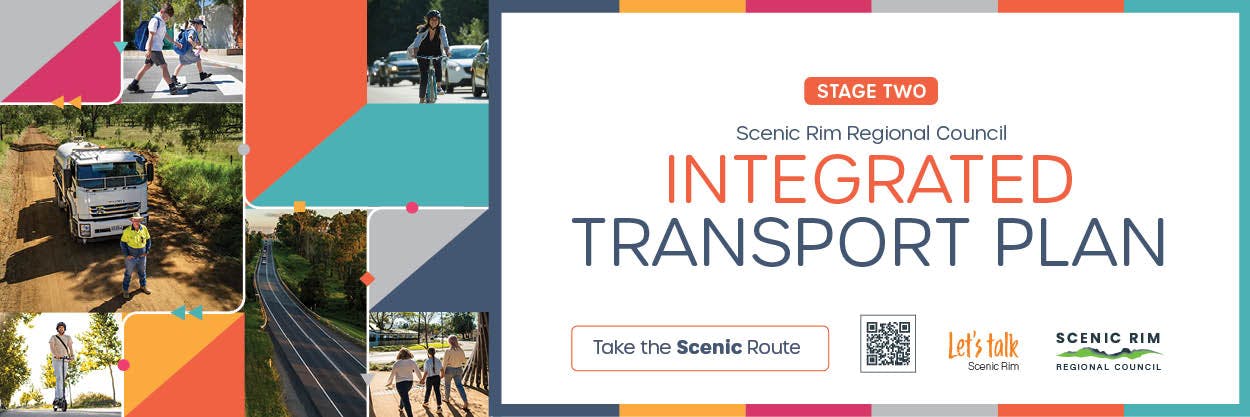FAQs
- Road Transport: includes cars, motorcycles, buses and trucks that travel on road and highways.
- Water Transport: includes transport by ships, boats and barges on rivers, canals, lakes and oceans.
- Public Transport: Public transport, such as buses and rail provide transport services for the general public within cities and urban areas.
- Cycling and Walking: These modes involve using bicycles or walking as a means of transport, particularly for short distances within cities and towns.
What is an Integrated Transport Plan?
An Integrated Transport Plan is a strategic document that outlines the long-term vision and objectives for transport within a specific council or local government area. It aims to address the current and future transport needs of the community by integrating various modes of transport, such as road networks, public transport, cycling infrastructure, and pedestrian facilities.
The plan typically includes initiatives and projects to improve accessibility, reduce congestion, enhance safety, promote sustainable transport options, and support economic development. It serves as a roadmap for Council to guide decision-making and investment in transport infrastructure and services.
Why is an Integrated Transport Plan needed?
An Integrated Transport Plan is crucial for creating a sustainable, efficient and inclusive transport system that meets the needs of the community while considering environment, social and economic factors unique to the Scenic Rim.
What is meant by the term, Mode of Transport?
The term "mode of transport' refers to the various methods or means by which people or goods can be transported from one place to another. It represents the different modes or forms of transport available for travel or movement. Common modes of transport include:
What is meant by the term, active transport?
Active transport refers to a mode of transport that requires an individual to use physical effort or energy. Active transport modes involve human-powered activities like walking, cycling, or using other forms of active mobility devices like scooters or skateboards.
Active transport options are popular for short-distance travel, community or recreational purposes. They offer numerous benefits including, improved physical fitness, reduced carbon emissions, cost savings and decreased traffic congestion.
What does a Desired Standard of Service mean?
Desired Standard of Service (DSS) refers to the level or quality of service that is expected or desired by customers, clients, or the community. It represents the specific requirements, expectations, or performance criteria that need to be met for a service to be considered satisfactory.
What is a Local Government Infrastructure Plan?
A local government infrastructure plan (LGIP) is a strategic document that outlines the infrastructure needs and priorities of a local government area. It is developed by the local government authority in collaboration with relevant stakeholders, such as community members, industry experts and government agencies.
The purpose of a LGIP is to provide a comprehensive and long-term plan for the development, provision and maintenance of infrastructure within the jurisdiction of the local government.
What does the term 'infrastructure' mean?
Infrastructure refers to the physical assets and facilities that support the functioning of a community such as roads, bridges, water supply systems, wastewater treatment plants, paths, parks and public buildings.
What is Council's role
It is essential for Council to work closely with the DTMR to plan and deliver improvements across the state-controlled road network, supporting growth in the region. Local councils play a key role in transport planning by implementing local plans, collaborating and advocating with State and Federal government. Council is responsible for local transport infrastructure, assessing development applications with transport implications, and ensuring alignment with the state's strategic transport goals.
